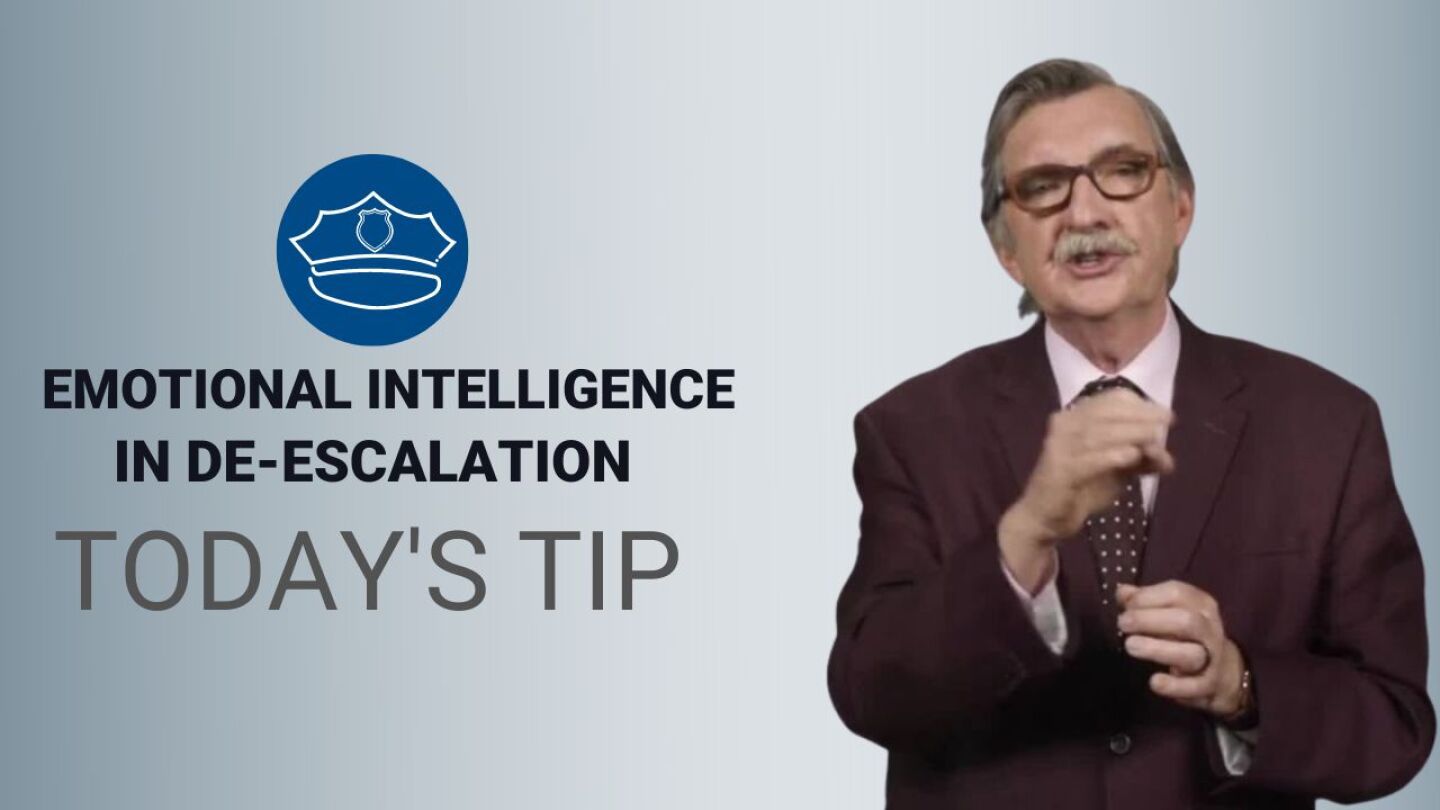De-escalation
From crisis calls to tactical decision-making, discover how to apply de-escalation effectively while balancing officer safety, public trust and evolving policies
Meet three black belt officers using martial arts to transform police training — locally, virtually and internationally
A three-minute police response was fast, but the officer’s quick thinking bridged the critical gap
From tense standoffs to lifesaving resolutions, Elizabeth Prillinger brings nearly two decades of law enforcement experience to her role as a hostage negotiator in one of America’s busiest cities
The UMX 414 Platform is setting a new global standard in less lethal de-escalation solutions
Warren Police Department officers deployed a TASER which caused the suspect, who was threatening bystanders, to drop both knives and fall to the ground
Learn how the International De-Escalation Association’s three-pillar approach — neuroscience, personality science and core human drivers — is shaping de-escalation training
Get an inside look at some of the vendors from the International Law Enforcement Educators and Trainers Association Conference
Training members of the public in de-escalation techniques could decrease the risk to officers, the public and individuals in crisis
Keeping first responders safe with Spot
Former Officer Danny Golden was paralyzed after being shot in the spine during a bar fight while allegedly trying to de-escalate the situation
We cannot effectively de-escalate a situation if we cannot de-escalate ourselves
“Due to the outstanding job by our officers, a very dangerous situation was controlled and no one was hurt,” the Sterling Heights Police Department stated. “Furthermore, the subject obtained much-needed treatment at the hospital”
Hear directly from those at the helm of these critical operations, as they share their challenges, successes and vision for the future of crisis intervention
How an ancient tool inspired today’s non-lethal, non-contact restraint BolaWrap
Amid the threat posed by a man armed with a Katana, officers demonstrate exceptional de-escalation skills
Jamie Borden discusses how de-escalation is not just a tactic but a goal, achieved through a range of tactical endeavors based on the dynamic circumstances officers face
De-escalation is safe and realistic only under specific conditions
Dash camera video supplied by the driver appears to show the Meriden Police Officer get out of his car, threaten the driver with a ticket and hit him in the face
Bob Paul transitioned from a sailor to gold miner, then to a respected lawman; learn how his determined efforts bring peace and justice to a chaotic frontier
The Lincoln partnership will allow dispatchers to directly connect 911 callers going through a mental health crisis to the 988 call center
A legal and practical perspective
The program requires officers to learn about emotional regulation and basic brain science, using video-based learning to explore the relationship between thoughts, feelings and actions
Here’s how you can be more prepared
Gain a comprehensive overview of the current state of research on de-escalation tactics and techniques, and how this research informs training in law enforcement
Officer Jacob Smith spoke to the teen for more than 35 minutes, gradually persuading him to climb over barriers and back to the safety of the road
New package unveiled to ease civil unrest as departments around the world demand innovative technology
The V-XR offers three modes: Educate, experience and engage; each mode delivers transferable information on multiple topics for comprehensive training
MOST POPULAR
- Defensive tactics training: Enhancing front compliance for a person who is ‘feeling no pain’
- For safer scenes and greater support, practice de-escalation
- Why traditional learning methodologies fall short in policing, and how a simulator can help
- 4 conditions for effective de-escalation
- NTOA: Make better decisions using these key concepts






























